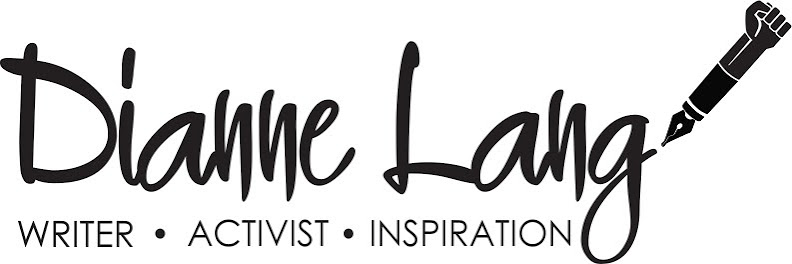Patient Patience or Participating Patient
Most people see their doctor and do exactly what they are told to do. They walk away after a five-minute consultation with a prescription and then they follow the doctor's orders. These patients leave their health and their lives in the doctor’s hands, when in fact he has hundreds of 5-minute patients. This kind of behaviour from a patient is fine if you have bronchitis, the flu or a migraine headache or any other minor ailment that requires no thought or relationship between the doctor and patient.
I am not one of those patients. I am a participating patient and discuss the treatment, the appropriateness of it, the side effects and the long-term prognosis. I have had to become a participating patient because I have a rare disease that is diagnosed only once in every ten million people. Expecting a doctor to know about my condition is asking the impossible so I do the research, I listen to my body, I suggest the treatment regime and I take control of my own body and my own health. I will never leave a doctor to treat me according to his limited knowledge of PID, SID or the rare kind of leukaemia I have. If I had done that, I would have been dead long ago.
I do the research. I belong to a USA research group run by specialists via the internet by inserting my blood results into their database, they answer any questions and also discuss alternative treatments. I, not the doctor, make the decisions on how I am going to stay alive for as long as possible with the least amount of discomfort. Strangely enough, doctors actually sit back and listen to me and give me what I need because I am so much more well-informed than they are. However, not every doctor would be willing to accommodate a participating patient because it dents their egos and makes them feel inadequate. It is imperative to find a doctor who will have the humility to know that he does not know it all and who is prepared to have a relationship with you – a doctor who has a vested interest in you as a person and not in the money you are paying to see him.











